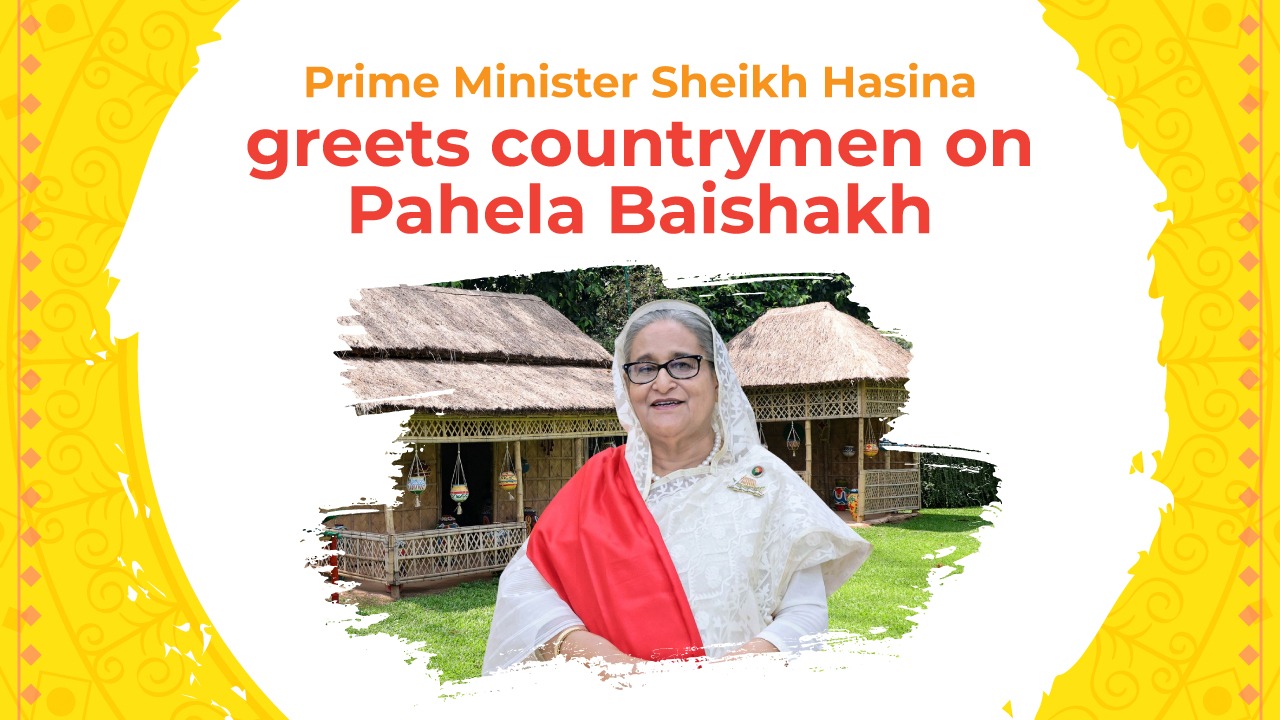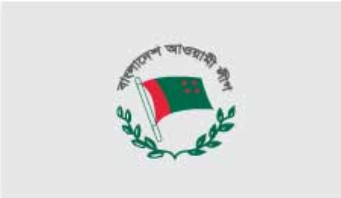4384
Published on January 5, 2017After assuming power in 2014 for the second straight term, the present Awami League government led by Prime Minister Sheikh Hasina earmarked on a host of mega infrastructural projects to transform the future of the country and to change the course of national progress for good. To this end, a good number of projects have been put under the Fast-Track scheme, which have been envisaged, introduced and supervised by Honorable Prime Minister Sheikh Hasina herself, resulting in full swing progress being accomplished in a space of three years.
From Padma Multipurpose Bridge, to the country’s first ever nuclear power plant, and the deep sea port are some of such dream projects, rolled out to boost up the wheel of national progress, seeing substantial progress in 2016. On impact, lives in long deprived regions have started to change, horizons for businesses are opening up fast, employment opportunities are being created, and the influx of international investment is rising, adding further impetus to the national growth.
First Ever Special Allocation
As the government has given top priority to the fast-track mega projects, an amount more than $2.3 billion has been set aside from the national budget last year specifically for their speedy implementation. For the first time, a special booklet titled “Mega Projects in Transforming Infrastructure: New Dimension in Accelerating Growth” was placed in Parliament, along with the proposed budget. The booklet outlined different aspects, financing and implementation of the “economy transforming projects” which will cost a total of around $20.5 billion.
Padma Multipurpose Bridge
With more than one fourth work already accomplished, the dream for the largest and the longest infrastructure undertaking in Bangladesh–Padma Multipurpose bridge-- has started to appear as a distinct reality now. Completely a self-funded project worth $3.65 billion, the bridge site is filled with labourers, workers and engineers who are toiling hard day and night to get it open for traffic by 2018.
On August 7, the first span of the superstructure of the Bridge reached Mawa site from China. A total of 41 spans are required for the 6.15-km superstructure of the bridge and all the spans will come from China. On a monthly basis, 1-2 spans will come from China every month. The weight of each 150-metre span is some 2,900 tonnes. The spans are being made of steel plate with 20-80 mm thickness in a Chinese factory.
As of now, overall implementation progress marked around 37% progress. 65% work of the approach road at Jajira point and 73% of work at Mawa point have also been completed. Capable of standing against floods and earthquakes, this mega project means a symbol of hope, height, pride and change of fate for around 30 million southern lives.
Rooppur Nuclear Plant
The 2,400 megawatt Rooppur nuclear power project has made significant progress in 2016 as a $12.65 billion financing agreement has been entered into with Russia last December. The first and second agreements of the project covering feasibility evaluation, environmental impact assessment, engineering survey, technical documentation and working documentation have been fully completed. On July 26, Russia and Bangladesh signed an $11.38 billion loan agreement, paving the way for the main construction work of the dream project.
Moreover, Bangladesh has also been sending 20 students every year for the past three years to Russia to get training to run the nuclear power plant. Russian state company Rosatom began working at Rooppur in mid 2013 and is currently undertaking a techno-feasibility study under a half-a billion dollar loan. Rosatom's sister concern Atomenergoproekt—which is undertaking the study has recently floated a tender for engineering survey, environmental monitoring and development of project documents for the Rooppur NPP site. The government expects the main construction of the nuclear reactor to start in early 2017 and complete by 2020.
Deep Sea Ports
The deep-sea port at Sonadia of Cox’s Bazar will be implemented on a government-to-government basis. To this end, a ten-member committee, headed by the Prime Minister’s Principal Secretary, was formed to evaluate the proposals, and its construction work will start soon. A techno-economic study was carried out by Pacific Consultants International of Japan to construct the deep-sea port.
To implement the Payra Deep sea port, the government has signed a memorandum of understanding (MoU) with Belgian company Jan De Nul for an estimated $2 billion capital dredging and maintenance dredging. Given that the entire scheme was divided in 19 components, 13 components will be implemented under FDI and the remaining six under the government-to-government (G2G) deals. Meanwhile, a British company HR Wallingford has completed the feasibility study for Payra deep sea port. This would guide the government in finalizing the implementation plan. Construction works for the deep sea port will be implemented through 19 different tenders. Meanwhile, the government is reviewing merits of proposals from China, UK, Belgium, Netherlands, Denmark and India.
The government has set short-term, mid-term and long-term goals for the port. In short-term, this year the government would facilitate outer anchoring of clinkering, fertilizer and other bulk ships. In mid-term, the government would complete building a multipurpose and bulk terminal infrastructure by 2018 at a depth of 10 meter channel through dredging. By 2023, a full deep sea port facility of 16 meter channel will be operational.
Matarbari Power Project
Since the inception of this project in 2014, the government's Coal Power Generation Company has acquired 1500 acres of land for this cause. 90% of boundary fencing of the project site has been completed while the appointment of the project's consultant is being finalised. A contractor has been selected in February to complete power plant. Works are well underway to complete the port site preparatory works and contracts for power evacuation and building a power substation. With a price tag of $4.6 billion, this plant will come with its own deep sea port to facilitate import of coal. The project will be completed by 2022.
Mass Rapid Transit
With an aim to provide a safe, fast, affordable and modern means of transportation for the city dwellers, this new urban public transport service promises to significantly reduce congestion in the capital and prevent environmental pollution. The Dhaka Mass Rapid Transit Development Project, official name of the metro rail scheme, stretches from Uttara to Motijheel, and involved $2.5 billion. The mode of transport is expected to see half of the 20 km metro line go open by the end of 2019.
Through the inauguration of the construction work by HPM Sheikh Hasina, a formal commencement of ground development for a depot began on June 26. The depot is the foremost component to be in place for building the metro rail service system, as metro trains will be launched on the elevated lines from the depot. The entire metro rail route including all 16 stations will be elevated. Only the depot will be on the ground. A Japanese firm, Tokyo Construction Ltd is carrying out the depot land development work.
With every metro rail train comprising of six air-conditioned spacious cars, a city commuter will travel between Motijheel and north Uttara in 37 minutes and there will be a train every four minutes at each of the 16 stations on the way in both directions. A total of 24 trains will together transfer 60,000 passengers every hour on both directions. The project formalised as Dhaka Mass Rapid Transit, otherwise known as Mass Rapid Transit (identified as MRT line-6 in the Strategic Transport Plan), is being implemented by the government-owned Dhaka Mass Transit Company Ltd with Dhaka Transport Coordination Authority as the supervisors.
Line 1: To be completed in the second phase, this line will set up lines from Dhaka airport to Kamalapur at first, extending eventually to connect Gazipur, Kamalapur Keraniganj’s Jhilmil Residential Area and Khilkhet to Purbachal Residential Area. A high-level delegation from Japan International Cooperation Agency (Jica) is set to arrive in Dhaka on January 8, 2017 to sign a deal to finance the construction of the second Metro Rail of the Mass Rapid Transit (MRT) line-1. A pre-feasibility study has been completed by JICA. According to the report, the MRT will reduce the travel time to a mere 23 minutes from Dhaka airport to Kamalapur while going from Purbachal to Kamalapur will take just 39 minutes.
Line 5: Going between Bulta and Badda, the MRT Line 5, stretched up to 35 kilometers, will have stopovers at Mirpur, Gabtoli bus terminal, Dhanmondi, Basundhara city mall and Hatirjheel link road. Already underway, the feasibility study of the second and third metro rail MRT Line 1 project will be completed by 2016 and construction work will hopefully begin in 2017 and completed by 2025.
Line 2: The fourth metro rail The MRT Line 2 will be constructed to connect Ashulia, Savar, Gabtoli, Dhaka University, DSCC Nagar Bhaban and Kamalapur at a length of 40 kilometres which will directly connect Dhaka EPZ to Kamalapur ICD.
Line 4: To be set up at a stretch of 16 kilometre, the MRT Line 4 will enclose the route between Kamalapur and Narayanganj. With certain parts to be set up underground, construction work for the fourth and fifth metro rail will be completed by 2035.














